Dysphagia/Swallowing Disorder or Difficulty
What is Dysphagia/Swallowing Disorder or Difficulty?
Dysphagia means swallowing difficulty or disorder and is usually caused by problems with nerves or muscles in the mouth, throat or food pipe (esophagus). Dysphagia comes from the Greek root word dys which means ‘difficulty or disordered”, and phagia meaning “to eat”. Dysphagia, if left untreated, can cause aspiration pneumonia, malnutrition and/or dehydration, all of which can be life-threatening conditions.
There are many reasons why people develop a swallowing problem. Dysphagia can occur with any neurological problem such as a stroke, Parkinson’s disease, multiple sclerosis, dementia, and ALS to name a few conditions. Sometimes it can be due to a genetic or developmental problem such as muscular dystrophy or cerebral palsy. Certain medications may cause swallowing problems as can the side-effects of cancer treatment, such as radiation and chemotherapy, as well as gastro-esophageal reflux disease (GERD). Swallowing difficulty may occur in the elderly as a result of the ageing process.
What are the Signs and Symptoms of Dysphagia? Coughing during or after eating or drinking; wet or gurgly voice while eating or drinking; mealtimes take longer than 45 minutes; avoidance of foods or liquids previously enjoyed; burping or hiccupping during or after meals; recurrent pneumonia; unexplained weight loss; pain on swallowing; drooling or inability to control saliva in the mouth; difficulty initiating the swallow/holding food or fluid in the mouth; bringing food back up (regurgitation); sensation of food getting “stuck” in the throat.
What can professionals do to help?
A speech-language pathologist (SLP) has specialized knowledge in evaluating and treating swallowing disorders. A typical swallowing assessment involves taking a medical history, examining the nerves and muscles used for swallowing, and observing the individual eat and drink. Sometimes there is a need for more comprehensive testing. In that case, the SLP may order one of the following tests:
Modified barium swallow/Videofluoroscopic Swallow Study: In this test, the individual swallows food and liquid containing barium. Barium shows up on x-ray and allows the SLP to observe the entire swallowing process.
Fibre-optic Endoscsopic Evaluation of Swallowing: A lighted scope is inserted into the nose and down to the throat. Again, the individual eats and drinks and the swallow is observed on a monitor.
Whenever possible, a series of exercises may be prescribed to improve the swallow. Modifications of liquids or solid food (thinning or thickening) or feeding posture may be recommended to allow the person with dysphagia to eat and drink safely and more easily.
